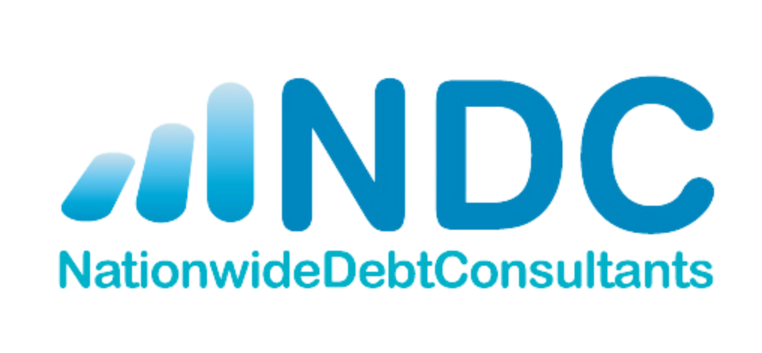A Debt Management plan is an informal arrangement between you and your creditors, where you make an affordable monthly payment to repay your unsecured debts e.g. credit cards, store cards, loans and overdrafts. Your monthly payment is calculated by deducting your expenditure e.g. household and personal from your income.
Your debt management provider will put together a plan which will go to your creditors. By making just one affordable payment each month, your debt management provider will then distribute this to each of your creditors (after deducting fees if they are a private company or it’s free if it’s through a charity) and will continue to negotiate to reduce or freeze interest and charges on your accounts.
Who can qualify for a DMP?
- It does not matter if you are a homeowner or a tenant
- You will need to have enough disposable income to make a single monthly payment.
- You have unsecured debts
- You are not on a an Individual Voluntary Arrangement (IVA)
- You currently are not declared bankrupt
Advantages and disadvantages of a Debt Management Plan
There are a number of benefits in using a Debt Management Plan if you are struggling with unsecured debts. However, it is important to remember that there are also some disadvantages
Some of the advantages include:
- You’ll only pay what you can afford each month
- Possibly freeze or reduce interest and charges
- You can withdraw from the DMP without any financial penalty
- You still apply for more permanent solutions eg, IVA, Bankruptcy or DRO
Some of the disadvantages include:
- It‘s not a legally binding agreement
- It can take a long time to complete a debt management plan
- Creditors can still contact you
- Your credit rating will be effected
Key Information
To find out more about managing your debt and receiving free debt advice visit Money Advice Service or you can get more information about how to deal with creditors if you are struggling with debt by reading Insolvency Service Guide
